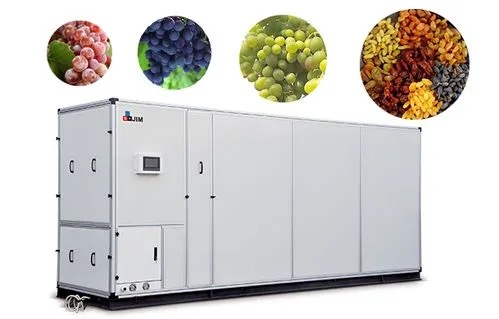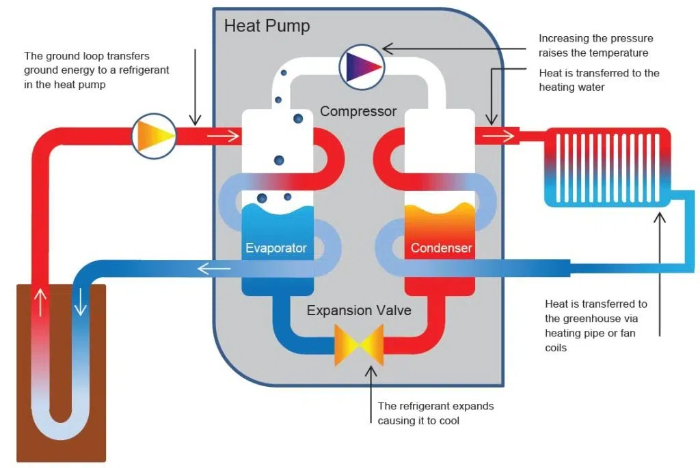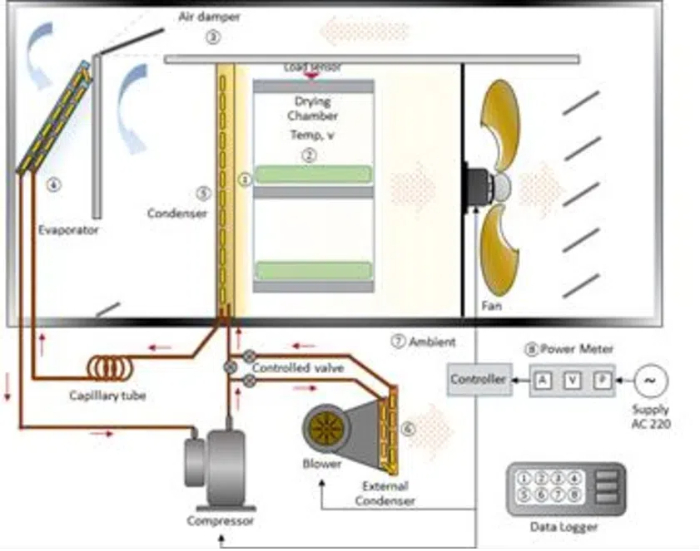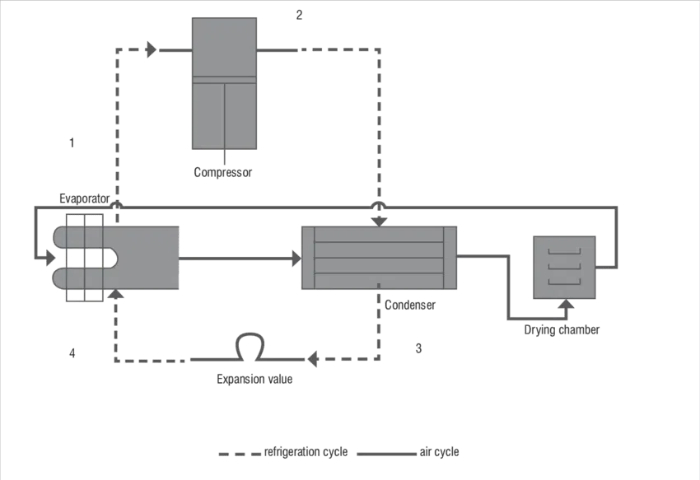
Content Menu
● Introduction
● How Heat Pump Dryers Work
● Temperature and Drying Process
● Energy Efficiency and Environmental Impact
● Advantages of Heat Pump Dryers
● Considerations and Maintenance
● Installation Requirements
● Cost Considerations
● Environmental Benefits
● Smart Features and Technology
● Frequently Asked Questions
>> Q1: How hot does a heat pump dryer get compared to conventional dryers?
>> Q2: Do heat pump dryers take longer to dry clothes?
>> Q3: Are heat pump dryers worth the investment?
>> Q4: How long do heat pump dryers last?
>> Q5: Do heat pump dryers need special installation?
Introduction
Heat pump dryers represent a revolutionary advancement in laundry technology, offering an energy-efficient alternative to conventional dryers. These innovative appliances have gained significant popularity due to their eco-friendly operation and cost-saving benefits.
How Heat Pump Dryers Work
A heat pump dryer operates using a sophisticated closed-loop system that recycles and reuses hot air. Unlike traditional dryers that expel warm air outside, heat pump dryers utilize a heat exchanger system to remove moisture from clothes while preserving energy.
Temperature and Drying Process
Heat pump dryers operate at lower temperatures compared to conventional dryers, typically ranging between 50°C to 65°C (122°F to 149°F). This gentler drying process offers several advantages:
- Better fabric protection
- Reduced energy consumption
- Lower risk of shrinkage
- Improved color preservation
- Extended clothing lifespan

Energy Efficiency and Environmental Impact
The energy efficiency of heat pump dryers is one of their most compelling features. These appliances can reduce energy consumption by up to 50% compared to conventional dryers. The closed-loop system recycles hot air instead of continuously heating new air, resulting in significant energy savings.
Advantages of Heat Pump Dryers
1. Energy Efficiency
- Substantial reduction in power consumption
- Lower operating costs
- Reduced carbon footprint
2. Gentle Drying
- Lower drying temperatures
- Better fabric care
- Reduced static electricity
3. Versatility
- No external venting required
- Flexible installation options
- Suitable for various fabric types
4. Advanced Features
- Multiple temperature settings
- Smart sensors
- Automatic moisture detection
- Custom drying programs
Considerations and Maintenance
To maintain optimal performance, heat pump dryers require regular maintenance:
1. Clean the lint filter after each use
2. Regular cleaning of the heat exchanger
3. Proper ventilation around the unit
4. Periodic inspection of the condensation system

Installation Requirements
Heat pump dryers offer flexible installation options:
- No external venting needed
- Suitable for various locations
- Requires proper drainage system
- Adequate space for air circulation
Cost Considerations
While heat pump dryers have a higher initial cost, they offer significant long-term savings:
- Reduced energy bills
- Lower maintenance costs
- Extended appliance lifespan
- Potential energy rebates
Environmental Benefits
The environmental impact of heat pump dryers is notably lower:
- Reduced carbon emissions
- Lower energy consumption
- More sustainable operation
- Decreased environmental footprint
Smart Features and Technology
Modern heat pump dryers come equipped with advanced features:
- WiFi connectivity
- Smart sensors
- Multiple drying programs
- Energy monitoring
- Remote control capabilities

Frequently Asked Questions
Q1: How hot does a heat pump dryer get compared to conventional dryers?
A: Heat pump dryers typically operate at temperatures between 50°C to 65°C (122°F to 149°F), which is lower than conventional dryers that can reach temperatures up to 80°C (176°F).
Q2: Do heat pump dryers take longer to dry clothes?
A: Yes, heat pump dryers generally take 20-30 minutes longer than conventional dryers due to their lower operating temperatures. However, this longer drying time is offset by improved energy efficiency and gentler treatment of fabrics.
Q3: Are heat pump dryers worth the investment?
A: While heat pump dryers have a higher upfront cost, they can save up to 50% on energy costs compared to conventional dryers. The investment typically pays off through reduced energy bills and longer clothing lifespan.
Q4: How long do heat pump dryers last?
A: With proper maintenance, heat pump dryers can last 10-15 years or more, often outlasting conventional dryers due to their gentler operation and advanced technology.
Q5: Do heat pump dryers need special installation?
A: Heat pump dryers don't require external venting, making them more flexible for installation. However, they do need proper drainage for condensed water and adequate space for ventilation.












